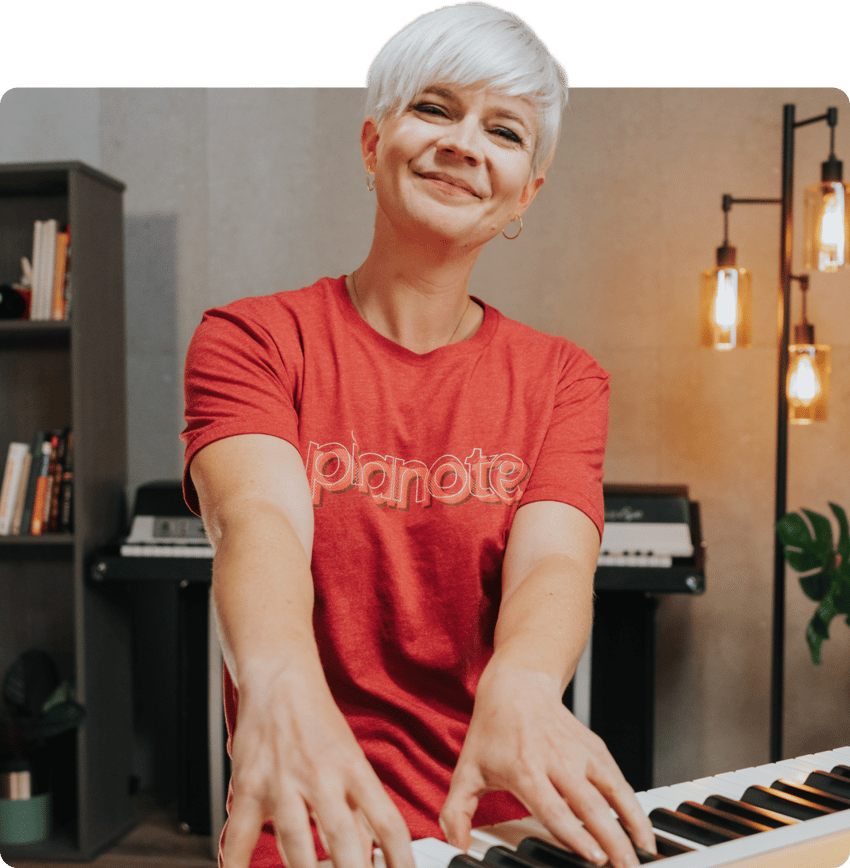Have you ever played a series of notes and wondered what on earth is that chord?
Or maybe you’re already familiar with chords and inversions, but you aren’t clear on how to identify which inversion you’re playing.
If I can be completely honest with you…I studied piano for around 10 years before I really grasped these concepts! So I’m excited to save you some time and trouble by sharing my tips and tricks for identifying chords and inversions.
🎹 THE COMPLETE GUIDE TO INVERSIONS: To understand inversions on a deeper level, take a look at our new article, The Ultimate Guide to Chord Inversions. It includes free charts and diagrams for EVERY single major and minor chord and inversion.Let’s begin with the basics of creating a triad. To create a triad or chord in root position, all you have to do is stack your notes in thirds. The C major triad has C-E-G. When you show this using notation, it looks a little bit like a snowman!
Memorize this root position shape. It’s called root position because the bottom note is the root note, and it’s in the lowest position. That root note is the note name of the chord and tells you which chord you are playing. If you played G-B-D, you’d be playing a G chord. If you play F-A-C, you’re playing an F chord.
So what happens if we change the order in which we play those notes? When we play the chord’s notes in an order that isn’t root position, we call it an inversion. When we play E-G-C, the shape changes. The root note has moved. It’s now in the top spot of the chord. We call this 1st inversion.
If we shuffle the notes again, we get G-C-E. The root note is now in the 2nd spot down from the top. We call this second inversion.
One more shuffle and we end up right back where we started in root position.
That’s how inversions work. In the lesson, I show you some great tricks for quickly identifying the root note of a chord, as well as walk you through the process of identifying inversions step by step.
Enjoy!
Lisa Witt has been teaching piano for more than 20 years and in that time has helped hundreds of students learn to play the songs they love. Lisa received classical piano training through the Royal Conservatory of Music, but she has since embraced popular music and playing by ear in order to accompany herself and others. Learn more about Lisa.


By signing up you’ll also receive our ongoing free lessons and special offers. Don’t worry, we value your privacy and you can unsubscribe at any time.
We use cookies for traffic data and advertising. Cookie Policy »